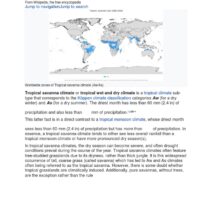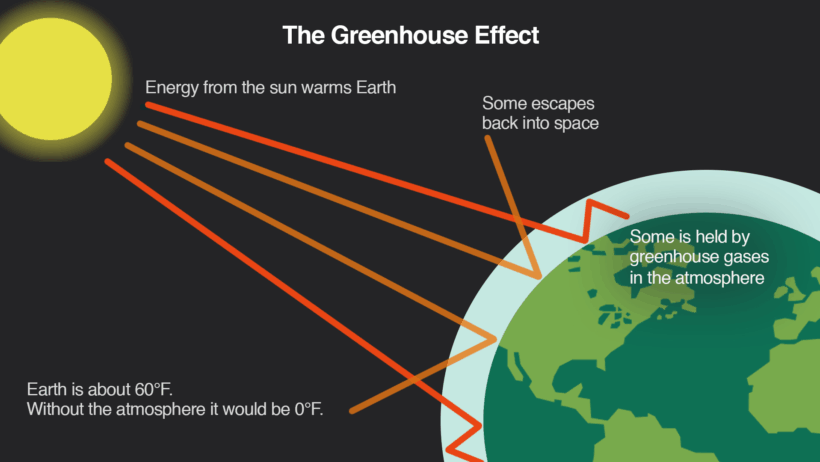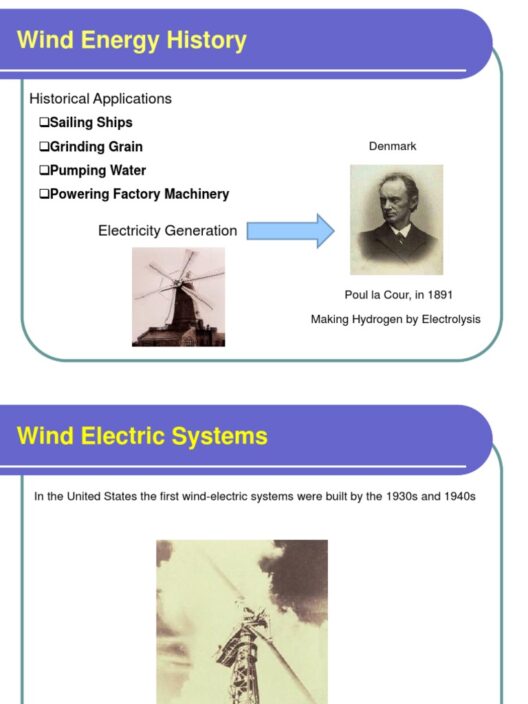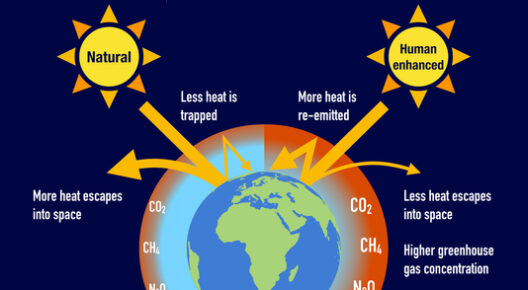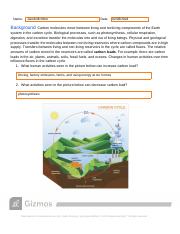The intricate tapestry of Earth’s climate is woven together by a myriad of forces, with greenhouse gases (GHGs) playing a pivotal role in shaping our planet’s temperature and overall climate systems. The greenhouse gas effect is a natural phenomenon, yet human activities have significantly amplified this effect, destabilizing vital environmental equilibria and prompting urgent discussions about the future of our planet.
Understanding the greenhouse effect requires us to delve deeper into the mechanisms by which these gases operate. It is essential to recognize how the alterations caused by anthropogenic factors have far-reaching implications for ecosystems, weather patterns, and eventually, human societies.
As sunlight reaches the Earth, some of it is reflected back into space while the remainder is absorbed, warming the planet’s surface. This warmth is then re-radiated as infrared energy back towards space. However, greenhouse gases, including carbon dioxide (CO2), methane (CH4), and nitrous oxide (N2O), intercept and trap this outgoing energy within the atmosphere, creating a thermal blanket that keeps the planet warmer than it would otherwise be. This natural mechanism is undeniably vital, allowing life to flourish; yet, an overabundance of these gases leads to climate disruption.
The characteristic that renders greenhouse gases so effective at trapping heat is their molecular structure. These gases possess the ability to absorb and emit infrared radiation due to their asymmetric molecular formations. This capability means they can effectively hold heat, leading to a greenhouse effect that is, paradoxically, both essential and perilous.
Imagine the Earth as a delicate greenhouse; within this space, the interplay of light and heat creates a thriving environment. Alas, as human impact intensifies, this greenhouse becomes increasingly stifling. The aesthetic appeal of a flourishing garden is overshadowed by the creeping shadows of climate change, where rising temperatures threaten to unravel the diversity of life.
The first significant impact of increased greenhouse gases is the rise in global temperatures, commonly referred to as global warming. Historical climate data highlights alarming statistics— the average global temperature has risen by approximately 1.1 degrees Celsius since the late 19th century. This upward trend extends beyond mere numbers; it translates into an array of disturbing phenomena such as more frequent and severe heatwaves, droughts, and intensified storms.
As temperatures soar, ice caps and glaciers melt at an unprecedented rate, and sea levels begin to rise, encroaching on coastal communities and ecosystems alike. The aesthetic beauty of pristine shores and majestic icebergs is under siege, reminding us of the fragility of these breathtaking landscapes.
But the greenhouse gas effect extends beyond mere temperature fluctuations; it influences precipitation patterns across the globe. Science shows that warmer air holds more moisture, leading to precipitation increasingly falling as heavy downpours rather than gentle rains. This shift can exacerbate flooding in some regions while contributing to drought conditions in others, presenting a dichotomy of extremes that threatens agriculture and water resources.
Furthermore, the increased presence of greenhouse gases triggers a cascade of ecological disruption. The habitats of numerous species are altered irrevocably; some animals struggle to adapt, while others face the dire threat of extinction. Coral reefs, known for their vibrant ecosystems, experience reef bleaching due to rising temperatures and ocean acidity levels—an aesthetic tragedy that hints at the collapse of biodiversity.
Climate vulnerability also extends to human health, as changing climate conditions foster the spread of vector-borne diseases and respiratory ailments. These health impacts are compounded by social and economic disparities, as marginalized communities often bear the brunt of climate impacts with limited resources to adapt or recover. The intrinsic connection between climate and social justice underscores a critical discourse in our collective pursuit of sustainability.
Efforts to curtail greenhouse gas emissions revolve around understanding their sources—primarily the burning of fossil fuels, industrial processes, and deforestation. Transitioning to renewable energy sources, enhancing energy efficiency, and promoting sustainable land use practices are pivotal strategies in mitigating the deleterious effects of greenhouse gases. Furthermore, reforestation and preservation of natural habitats serve as vital carbon sinks, offering a glimmer of hope amidst the looming threat.
In conclusion, the greenhouse gas effect represents a dual-edged sword—a natural process that has allowed life on Earth to thrive, now overshadowed by anthropogenic alterations that threaten to destabilize the very climate system that sustains us. As we confront the impending consequences of our actions, we must cultivate an astute understanding of how GHGs function and the extensive impacts they impose on our planet. Our collective future hinges on ongoing dialogues, innovative solutions, and a commitment to safeguard the Earth’s climate for generations to come, reflecting both responsibility and reverence towards the intricate balance of our environment.
